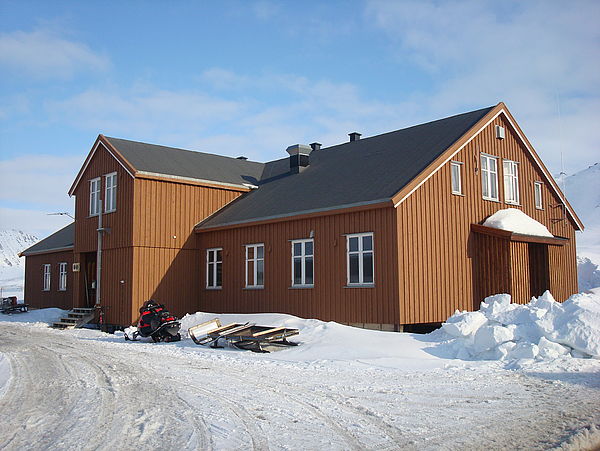
Background
IN0401 | |
CNR Arctic Station Dirigibile Italia | |
Arctic | |
Open | |
Station | |
Italy | |
Station | |
1997 | |
March; April; May; June; July; August; September; October |
Introduction
CNR Arctic Station “Dirigibile Italia” is the Italian scientific station in Svalbard. It is funded and managed by the National Research Council of Italy (CNR). | |
The station is located in Ny-Ålesund, on the shores of Kongsfjorden, on the west coast of Spitzbergen, the largest island of the Svalbard archipelago. Ny-Ålesund was a mining village until 1963. During the 1990’s it transformed into a multidisciplinary science settlement, and today stations from 10 different nations host researchers from up to 20 different countries. The area around the village is geographically diverse, including the fjord with several islands, a plateau, alluvial plains, mountains with large glaciers and extensive moraine systems, glacial rivers, coastal lagoons, and a small lake. The area further includes ornithological reserves and a nature reserve with regulated access. | |
Ny-Ålesund enjoys the mildest climate at this latitude due to a distant branch of the Gulf Stream bordering the west coast of Spitzbergen. The fauna is dominated by a large variety of birds, including arctic terns, auks, kittiwakes, gulls, barnacle geese, northern fulmars, Svalbard ptarmigans, and Arctic skuas. Mammals include Svalbard reindeer, arctic foxes, and a sporadic presence of polar bears, also seals and less frequently whales, are spotted in the fjord. The permafrost is continuous and 75-450 m thick, and the active layer thickness ranges between 0.3 and 3.8 m. The whole area lies within the Dryas octopetala zone of the High-Arctic fell-field vegetation. | |
The Station was established in 1997. It provides accommodation for seven persons in single and double rooms. Also, laboratories with basic equipment are available at the station. A 32 m high ‘Admundsen-Nobile Climate Change Tower’ belongs to the station, and is equipped with instruments investigating energy budget and flux exchanges at the atmosphere-land interface. In addition, the ‘Gruvebadet Laboratory’ for sampling aerial pollutants and particles is part of the station’s facilities. The station has a membership in the Ny-Ålesund Marine Laboratory consortium, an experimental laboratory for research in marine ecology, physiology, and biochemistry. | |
Research programmes currently developed at the station deals with microbial ecology and evolution; biogeochemistry and energy fluxes; vegetation and permafrost studies; oceanography, marine biomarkers; atmosphere, aerosols, gases and clouds; remote sensing of the environment; sun-earth relations and space weather; human biology and medicine. | |
11 permanent stations are established in Ny-Ålesund by 10 different countries and the entire settlement is owned and operated by the Norwegian State owned company King’s Bay AS. Researchers from many countries regularly come to Ny-Ålesund to work. King’s Bay AS provides and manages all necessary infrastructures and services in the community including meals, maintenance of buildings and roads, post office, local shop, airport, and harbour. Research is coordinated by the Ny-Ålesund Science Managers Committee (NySMAC) and the Svalbard Science Forum (SSF). | |
Regular flights between Ny-Ålesund and Longyearbyen take place four times per week in summer and twice per week in winter. There is an international airport in Longyearbyen with scheduled connections to mainland Norway. Ny-Ålesund can be reached also by boat. Sailing in the fjord is possible for people at the station through agreements with the Sverdrup Station of the Norwegian Polar Institute and with King’s Bay AS. In winter and spring snowmobiles are available for field trips. In summer, hiking is the only mean of transport in the field outside the village. |
Operator
National Research Council of Italy | |
Government | |
Department of Earth System Science and Environmental Technologies (CNR-DTA) | |
info.arctic@cnr.it |
Data Source
Stefano Ventura | |
stefano.ventura@cnr.it | |
0000-00-00 |
Partner Institution
Yes | |
* |
Location
IN0401 | |
78° 55' 0'' N | |
11° 56' 0'' E | |
European Arctic | |
10 | |
0 | |
556 | |
0 | |
100 | |
1 | |
0 | |
Ice-free ground |
Climate
Continuous | |
High Arctic | |
Snow and Rain | |
385 | |
16 | |
62 | |
E | |
01/07/1974 | |
-6.3 | |
-14.1 | |
-14.6 | |
-14.6 | |
-11.3 | |
-4.2 | |
1.4 | |
4.7 | |
3.9 | |
-0.1 | |
-5.6 | |
-9.6 | |
-12.5 | |
June; July; August; September; October |
Features
Ice cap or glacier; Lake; Mountain; Permanent snowpatches; Rivers; Shoreline; Valley; Other | |
Polar deserts/semi-deserts; Gramminoid tundra;Gramminoid tundra;Peatlands;Human settlements or resource |
Disciplines
Atmospheric chemistry and physics; Atmospheric sciences; Climate change; Environmental sciences; Geocryology; Geology; Geomorphology; Geophysics and seismology; Glaciology; Hydrology; Human biology; Limnology; Marine biology; Microbiology; Paleolimnology; Pollution; Social science; Terrestrial biology |
Human Activities
Yes | |
Ny-Ålesund was a mining village until 1963. During the 1990’s it transformed into a multidisciplinary science settlement, and today stations from 10 different nations host researchers from up to 20 different countries. | |
Scientific research and monitoring activities | |
Yes | |
Yes | |
Yes | |
Yes |
Infrastructure
IN0401 | |
330 | |
160 | |
Biology; Chemistry | |
0 | |
10 | |
7 | |
Yes | |
Yes | |
Fossil fuel | |
230 | |
24 | |
No |
Staff Capacity
1 | |
6 | |
0 | |
2 | |
7 | |
0 |
Scientific Equipment
Fume hood, drying oven, laminar flow cabinet, ultrapure water, ultrasonic bath, shaker, heater/stirrer, balance, freezer, refrigerator | |
Solar radiation, air temperature, wind speed, precipitation, gas fluxes |
Medical Facilities
No | |
0 | |
None | |
0 | |
115 | |
0 | |
0 | |
0 | |
0 | |
Weapon, signalling pistol, VHF radio and satellite telephone, map, compass, first aid kit | |
Food, spare clothing, GPS, binoculars | |
No | |
No |
Vehicles
Zodiak and Polarcircle operated by Norwegian Polar Institute; Teisten and Polarcircle operated by King’s Bay AS | |
Bicycles, snowmobiles |
Workshop facilities
ICTS (Staff available to assit with constructions) |
Communications
Computer; E-mail; Fax; Internet; Printer; Satellite phone; Scanner; Telephone; VHF |
Access
IN0401 | |
Air; Land; Sea |
Aircraft landing facilities
1 | |
800 | |
60 | |
Airstrip managed by King's Bay AS | |
Gravel | |
Yes |
Transport and freight
Airplane; Ship | |
9 | |
April; May; June; July; August; September; October; November; December | |
Floating dock/Pontoon; Pier/Jetty; Port; Other | |
landing wharf | |
150 | |
January; February; March; April; May; June; July; August; September; October; November; December |
Access To The Facility
Yes | |
Yes | |
www.dta.cnr.it | |
info.arctic@cnr.it |
Pictures
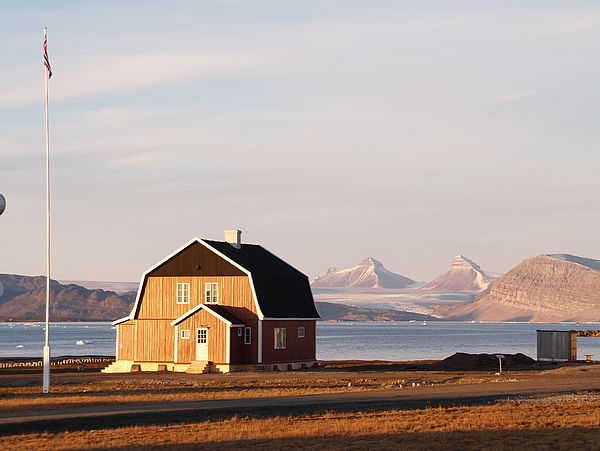 Amundsen Villa Tre Kroner (Credits: Stefano Ventura) |
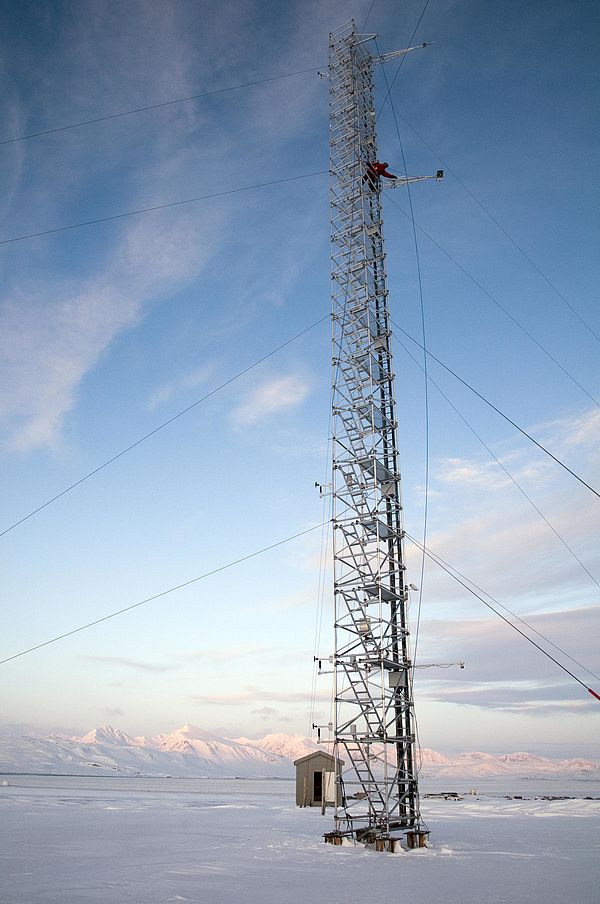 Installing instrumentation on CCT tower (Credits: Vittorio Tulli) |
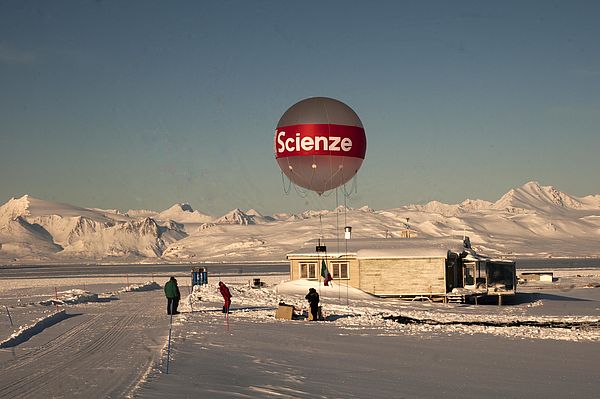 Tethered balloon at Gruvebadet lab (Credits: Vittorio Tulli) |
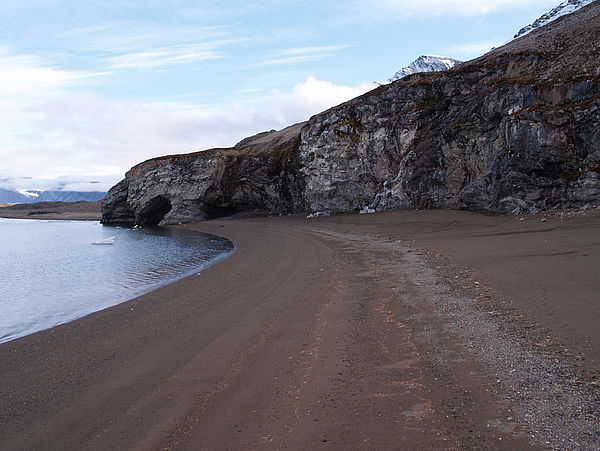 Cliff on the beach Kongsfjorden (Credits: Stefano Ventura) |
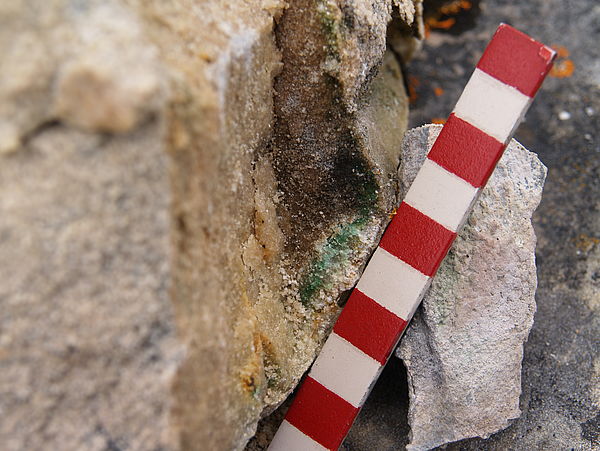 Cyanobacterial endoliths - Ossian Sarsfjelle (Credits: Stefano Ventura) |
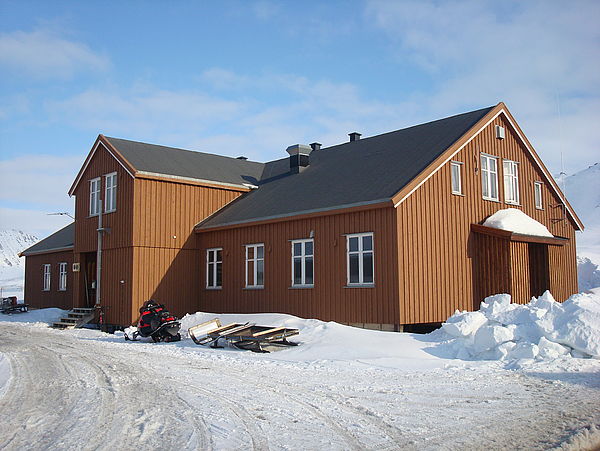 Dirigibile Italia Station winter (Credits: Emiliano Liberatori) |
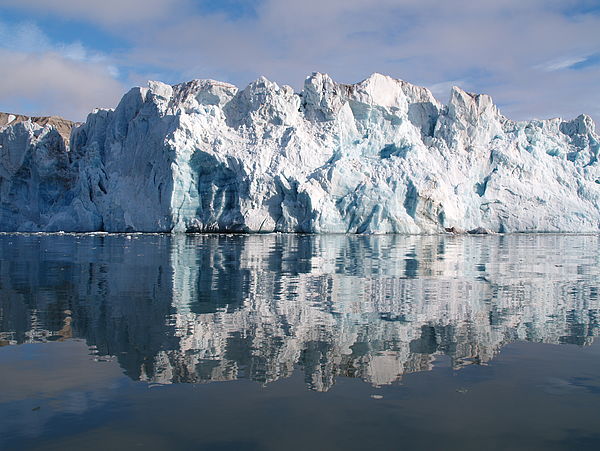 Glacier - Kronebreen (Credits: Stefano Ventura) |
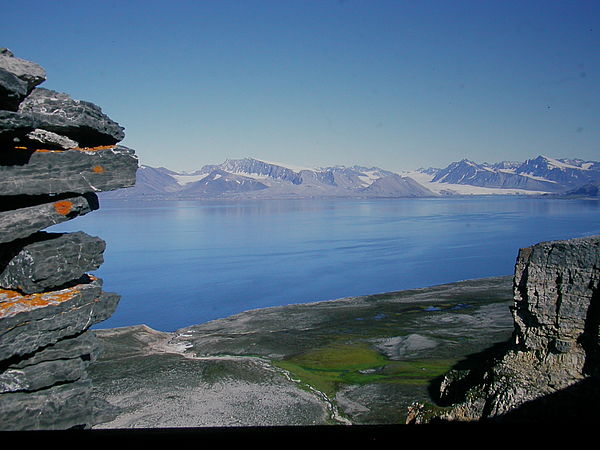 Kongsfjorden from Steinflaen plateau (Credits: Stefano Ventura) |
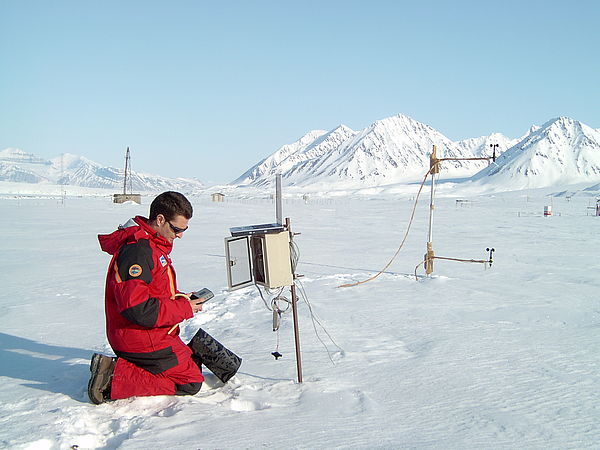 Measurement of atmospheric pollution (Credits: Marco Maggiore) |
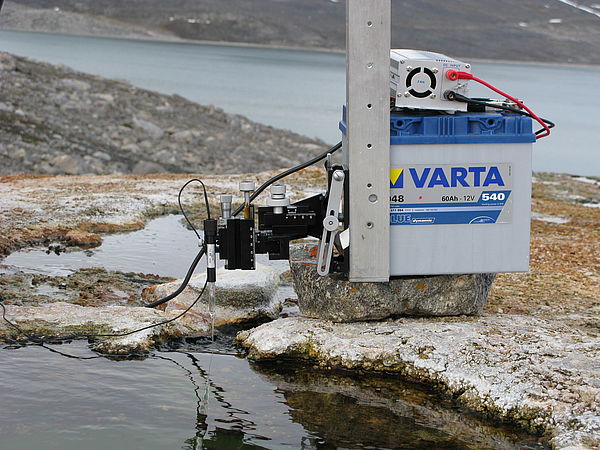 Microelectrode (Credits: Sylvie Rouat) |
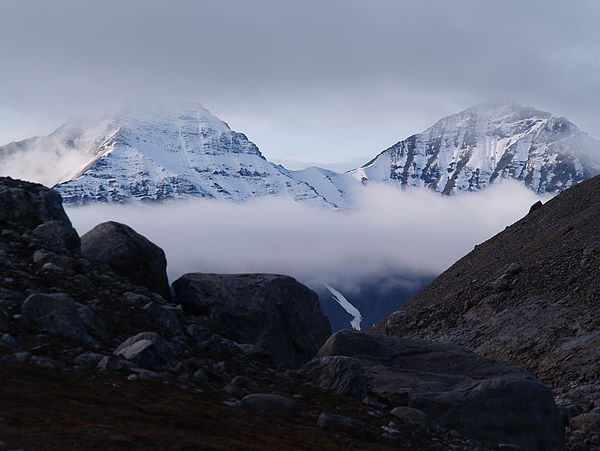 Nielsenfjellet from OssianSarsfjellet (Credits: Stefano Ventura) |
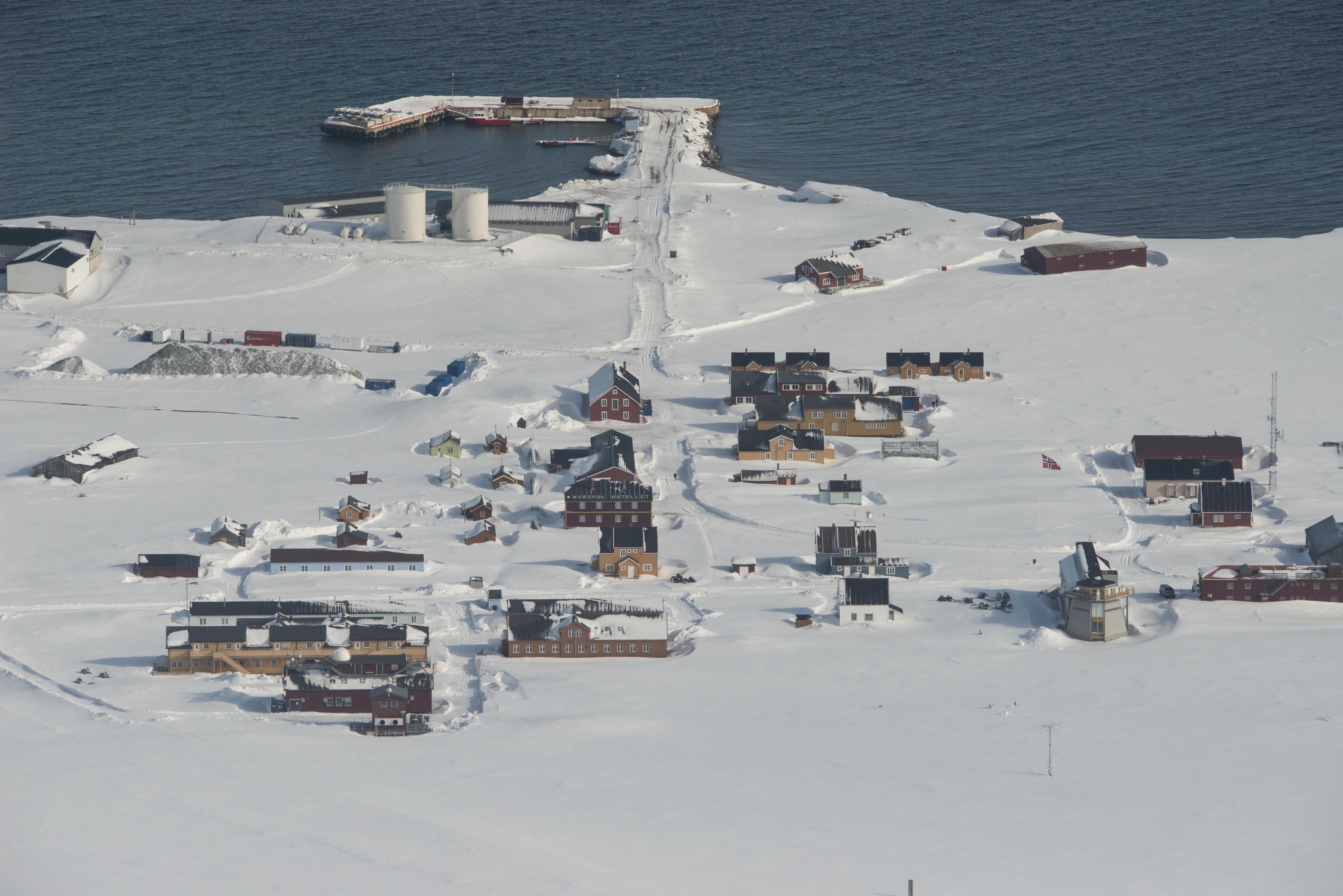 Ny-Alesund with snow (Credits: Giuseppe Pellegrino) |
 Panorama from Ny-London (Credits: Stefano Ventura) |
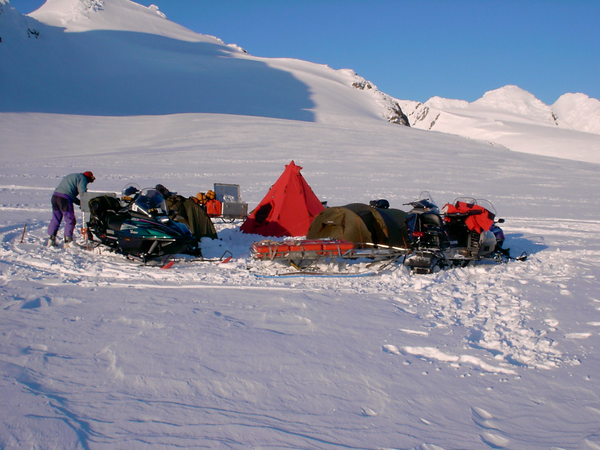 Remote camp geology (Credits: Roberto Sparapani) |
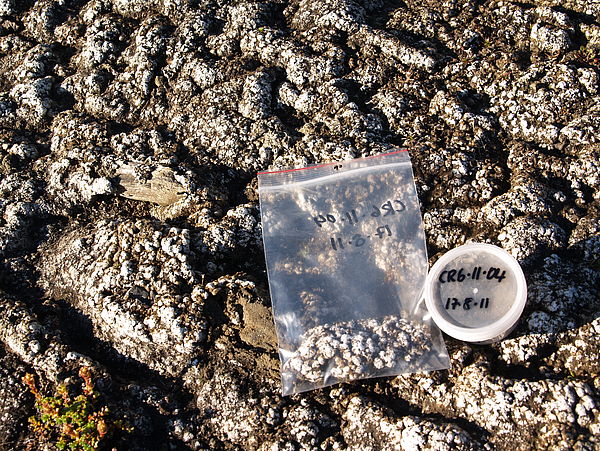 Sampling Biological Soil Crust (Credits: Stefano Ventura) |
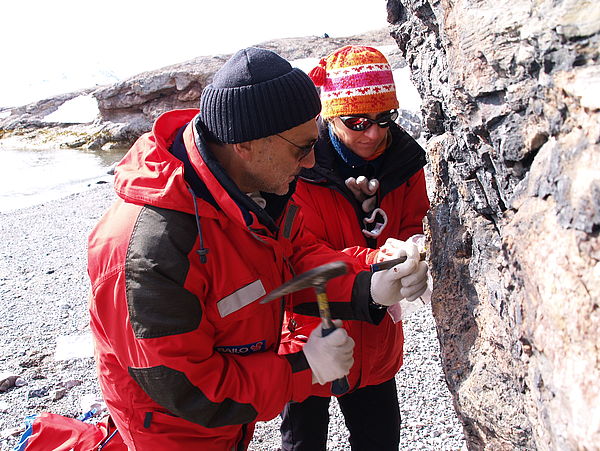 Sampling endoliths - Blomstrand (Credits: Stefano Ventura) |
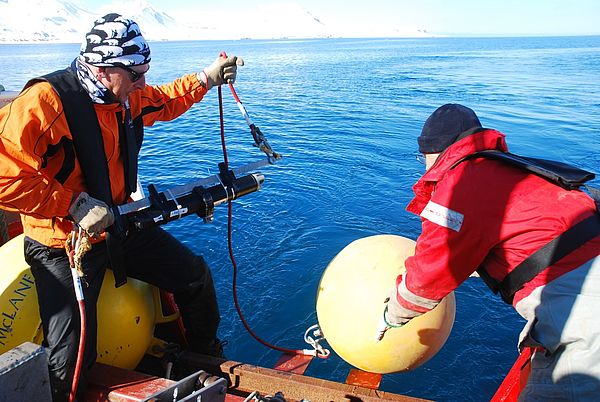 Sensors e-mooring in fjord (Credits: Fabio Palmieri) |
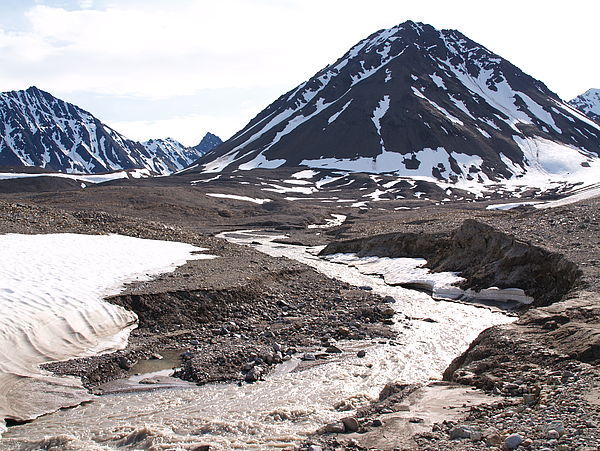 Slatofjellet glacial stream (Credits: Stefano Ventura) |
